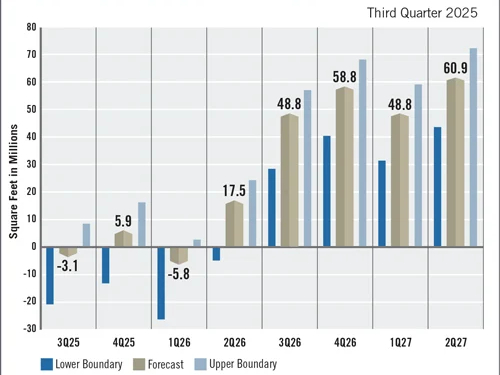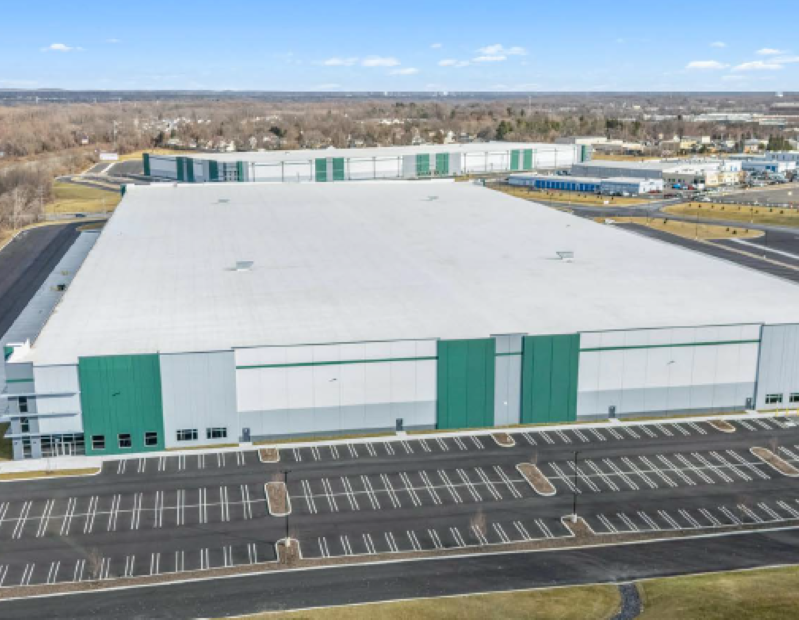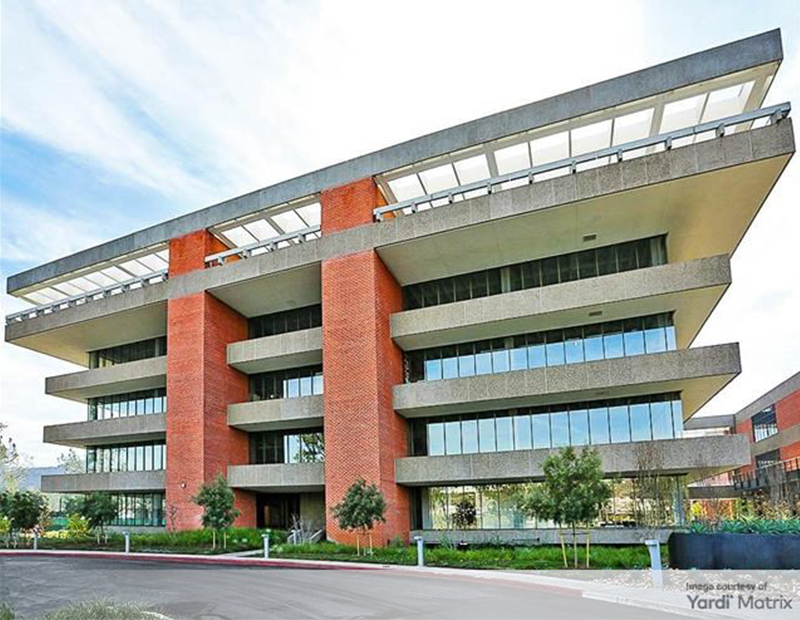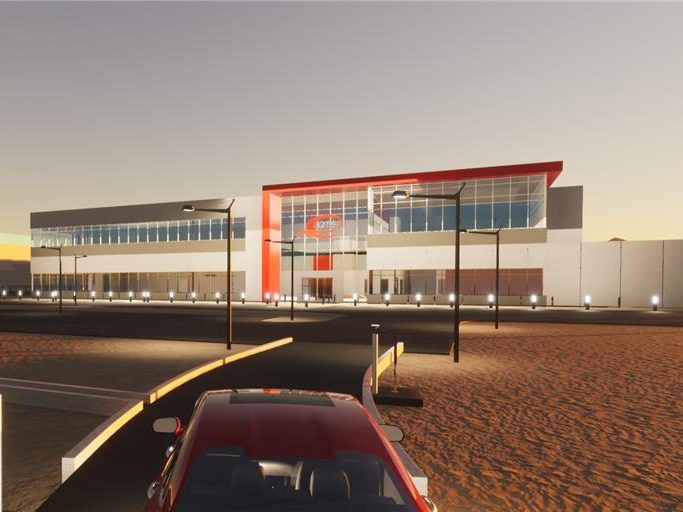Specialized Demand: Industrial’s Next Chapter
The sector's future depends on investors maintaining value in an evolving market, writes Lukas Huberman of BLT Enterprises.

Industrial real estate has long been a reliable asset class, driven by the constancy of logistics, the rise of e-commerce and the appeal of straightforward operations. However, today’s market tells a more nuanced story. Amid evolving trade dynamics and shifting supply chains, investment strategies should accommodate change while remaining true to tested formulas of industrial real estate. Specialized niches, such as cold or freezer storage, are seeing increased strength that could add value to an investor’s portfolio.
Niche assets may not dominate headlines, but institutional investors who understand the difference between market trends and long-term trajectories see the opportunities. Where momentum once lifted all industrial assets, investors are now rewarded for knowing where the evolution of the market is shaping demand.
Cold storage still undersupplied
Modern economic forces—including global volatility, supply-chain reconfiguration and geographic constraint—are driving the expansion of temperature-controlled (refrigerated and freezer) storage. Cold storage now stands as an essential infrastructure investment, especially as supply-chain complexity has become a core characteristic of value in industrial real estate.
The U.S. cold storage market is expected to nearly double over the next seven years, from $46.5 billion in 2025 to over $104 billion by 2032. Biopharma is a leading driver. Specialty drugs and biologics now account for a growing share of global pharmaceutical pipelines, and many of these therapies require stringent temperature control. The U.S. biopharma cold storage segment alone is forecast to grow from $14.2 billion in 2023 to $26.8 billion by 2030.
And yet, the physical infrastructure remains outmoded. Many facilities still in use were built in the 1970s or earlier. Nearly 10 percent of the stock dates back to the 1960s. Meanwhile, new regulations—such as California’s Assembly Bill 98, which takes effect in 2026—are raising the bar on energy performance, safety and resilience. These pressures are both regulatory and structural. The market is signaling that much of the older, existing supply can’t meet tomorrow’s standards.
LIKE THIS CONTENT? Subscribe to the CPE Capital Markets Newsletter
Developers have been actively building new supply. In 2024, 87 percent of cold storage development was speculative, a striking vote of confidence given the capital intensity of these projects. In California alone—the nation’s largest cold storage market by volume—firms like FreezPak and United States Cold Storage are expanding capacity, even amid some of the country’s toughest permitting environments.
While new facilities are being built, the existing supply still offers solid opportunities. BLT currently owns over 200,000 square feet of cold storage/freezer industrial property. Our experience shows that, in contrast to other industrial segments, the basic building infrastructure for cold storage has substantially greater maintenance needs. Like any niche asset, cold storage has operational requirements that are better left to managers with the expertise to maintain its value.
Complexity is the new clarity
Beyond the time-tested adage for real estate of “location, location, location,” today’s best industrial assets are key cogs in complex systems calibrated to evolving logistics, regulatory and tenant needs. BLT sees commercial property investors focusing on understanding which industrial assets meet these characteristics and why. The evolution of cold storage offers long-term structural demand and replacement-driven growth.
Industrial’s next chapter won’t be about volume. It will be about vision. Wherever complexity surfaces, so does opportunity—because that’s where new value is formed.
Lukas Huberman is director of acquisitions & partner at BLT Enterprises, a multifaceted real estate company that specializes in the acquisition, entitlement, development, operation and property management of industrial, creative office, mixed-use and special-use properties.







You must be logged in to post a comment.